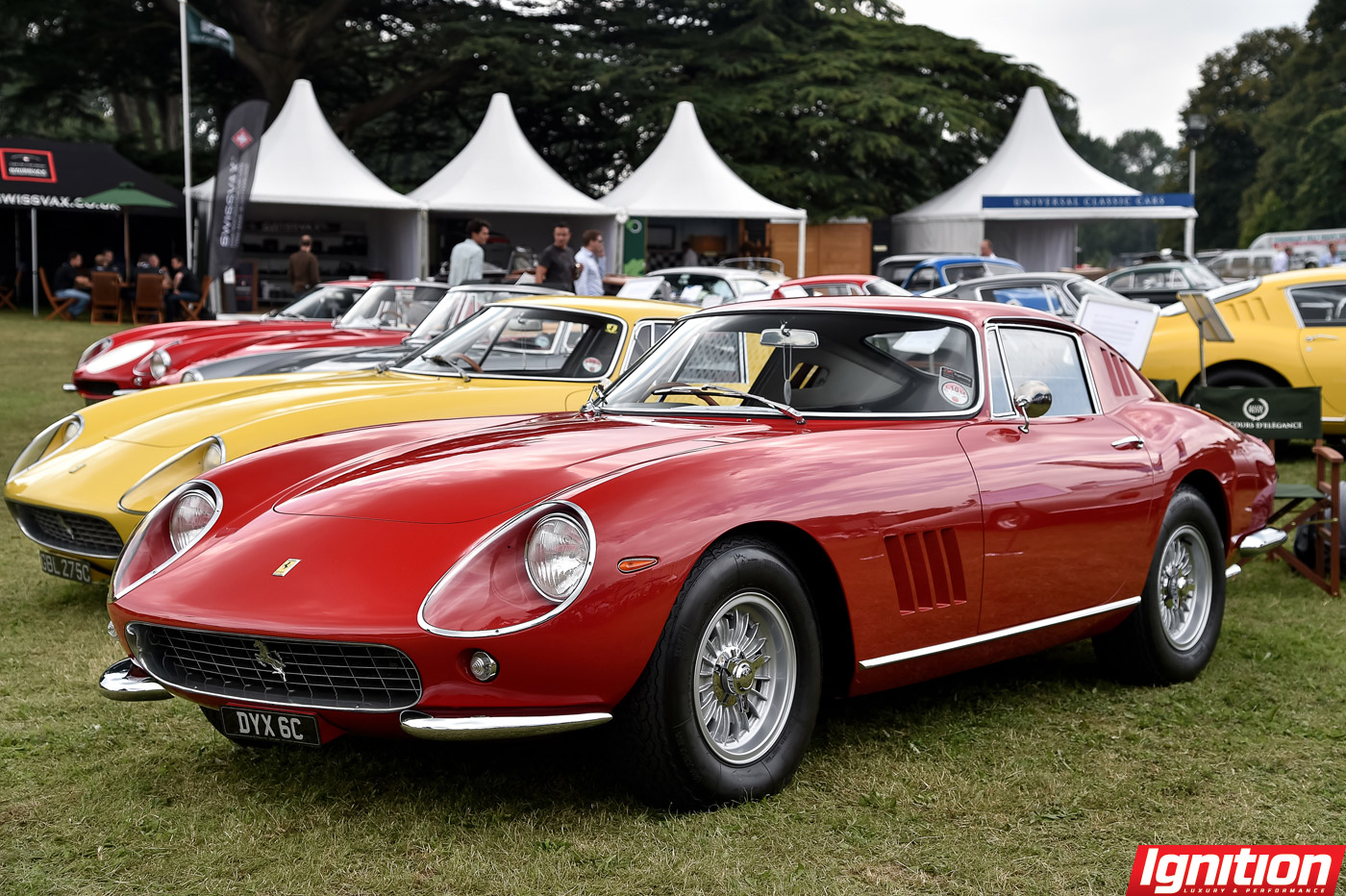
Defining what is a supercar is not an easy task. But jaw-dropping looks, adrenaline-pumping performance and enough high-priced exclusivity to make the sight of one an event in and of itself would be three key criteria – and may be the only three that really matter.
But all those criteria are moving targets, as technology, performance and luxury off erings all evolve. One could make an argument that the supercar era began with the very first Ferrari back in 1947 – the 125 S – three years before Ferrari’s first Formula One Grand Prix win, the passionate endeavour which the road cars were constructed to help finance. Then again, their relatively tame (if V12) power output and elegant but subdued looks meant that it took a few years for all three key supercar ingredients to combine into one magical, hormone-busting formula.
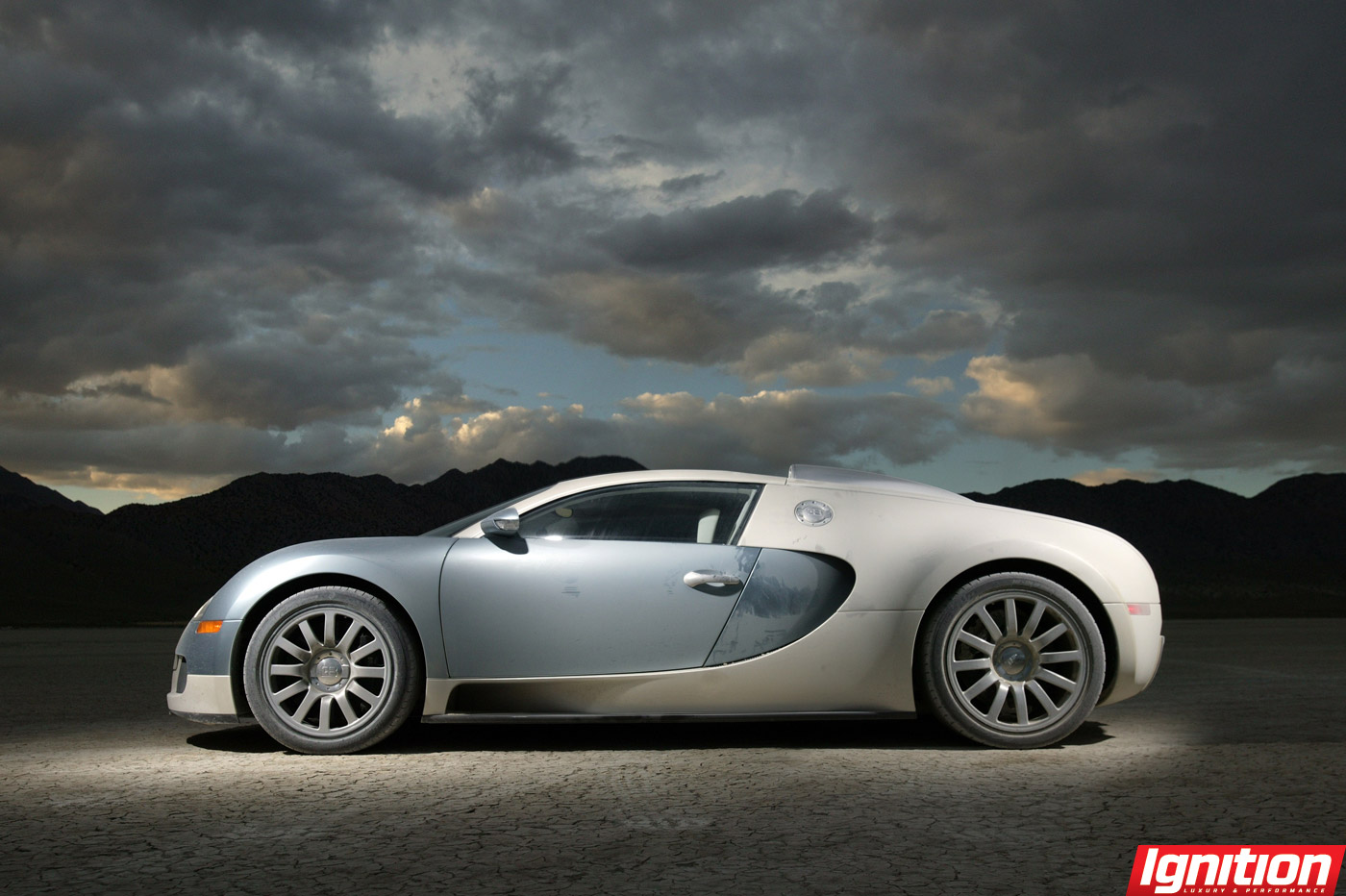
So, in honour of our Supercar theme this issue, and after some heated debate amongst the enthusiast folks around here, we’ve come up with a list of cars that either started the supercar era, or carried it forward over the decades to new, exciting heights.
1960s:
Ferrari 275 GTB/4 vs. Lamborghini Miura
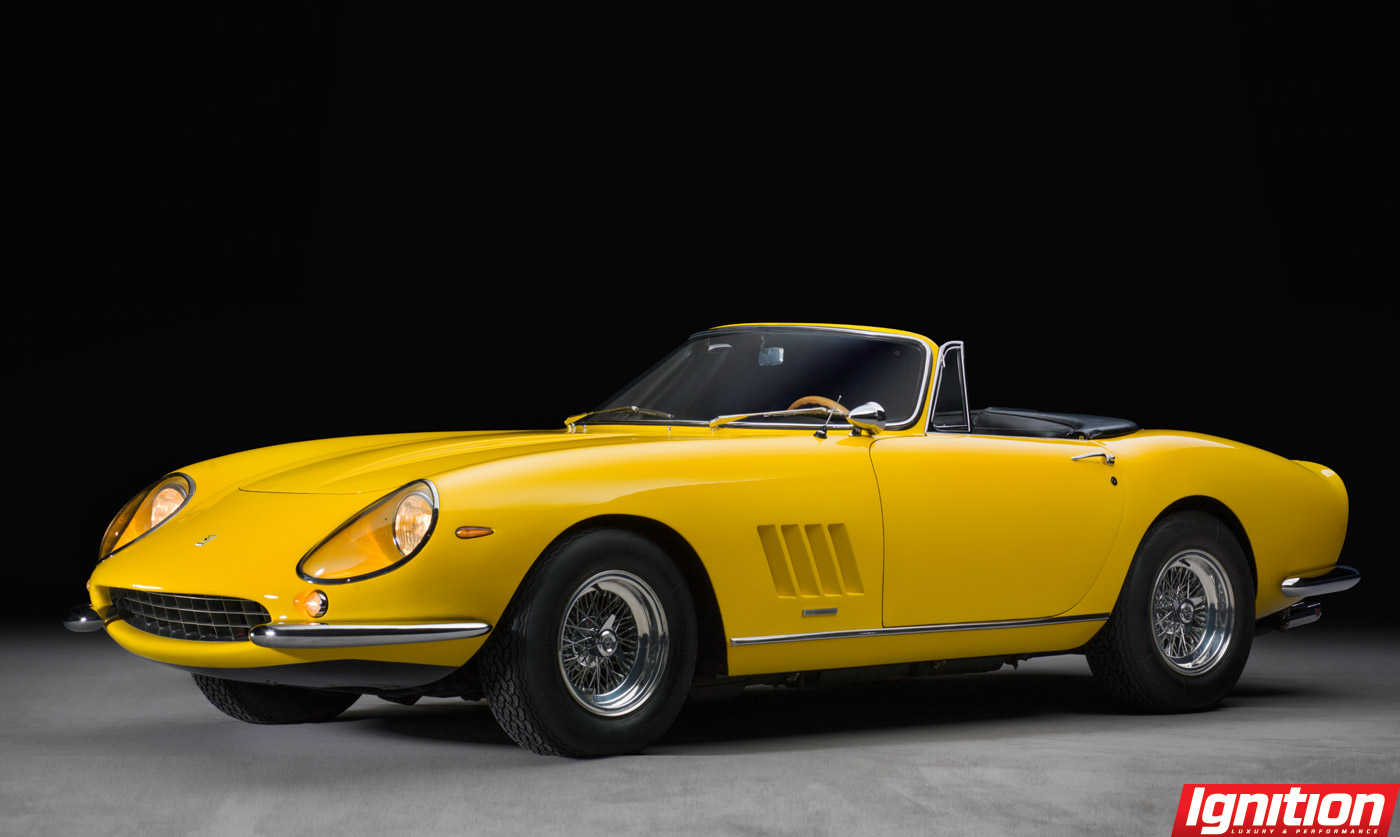
The Ferrari 275 GTB/4 NART Spyder was one of the first supercars to combine big power with drop dead good looks and exclusivity.
1964 -68 FERRARI 275 GTB/4 & NART SPYDER
Engine: 3.3-litre V12
Output: 330 / 240 lb-ft 0-100 km/h: 6.7 seconds
Top Speed: 266 km/h
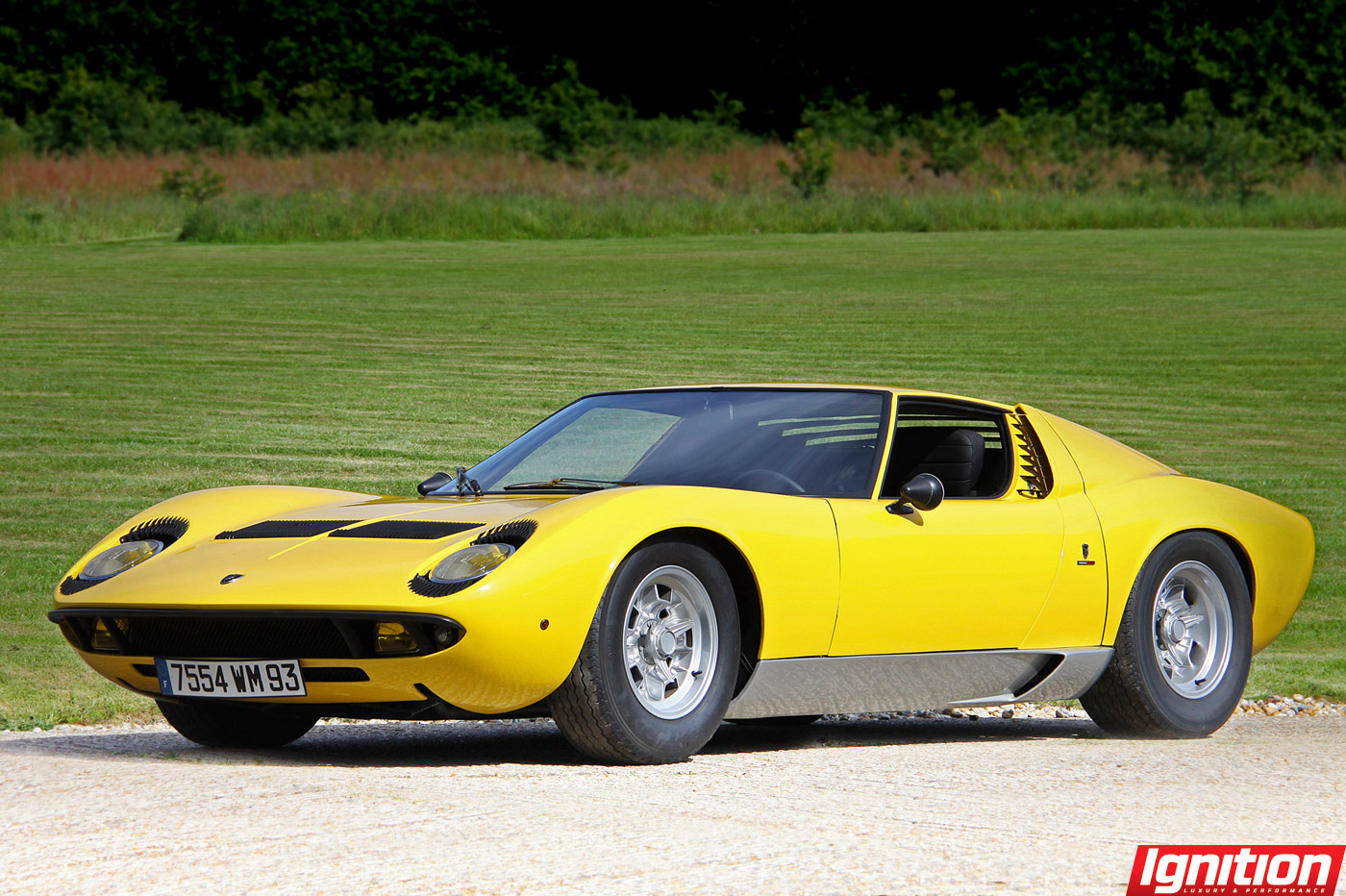
The mid-engine Lamborghini Miura’s wild styling set a precedent for low-slung supercars for decades to come.
1966 LAMBORGHINI MIURA
Engine: 3.9-litre V12
Output: 350 hp / 262 lb-ft 0-100 km/h: 7.0 seconds
Top Speed: 270 km/h (est.)
The Lamborghini Miura was the true jaw-dropper of this era, being the fastest car produced at the time, and its mid-engine layout not only promoting a lower body and flatter handling, but also allowing a futuristic wedge shape that would come to mark supercars for decades to come. The Ferrari 275 GTB/4 with its elongated nose brought together exotic V12 power and a racier appearance, but still in a more grand touring-esque, front-engine package, with the rare U.S.-only NART Spyder convertible version selling in the single digits, offering the ultimate in ‘golden unicorn’ exclusivity.
1970s:
Lamborghini Countach vs. Ferrari 308 GTB/GTS

1978 LAMBORGHINI COUNTACH LP400 S
Engine: 3.9-litre V12
Output: 353 hp / 263 lb-ft 0-100 km/h: 5.4 seconds
Top Speed: 286 km/h
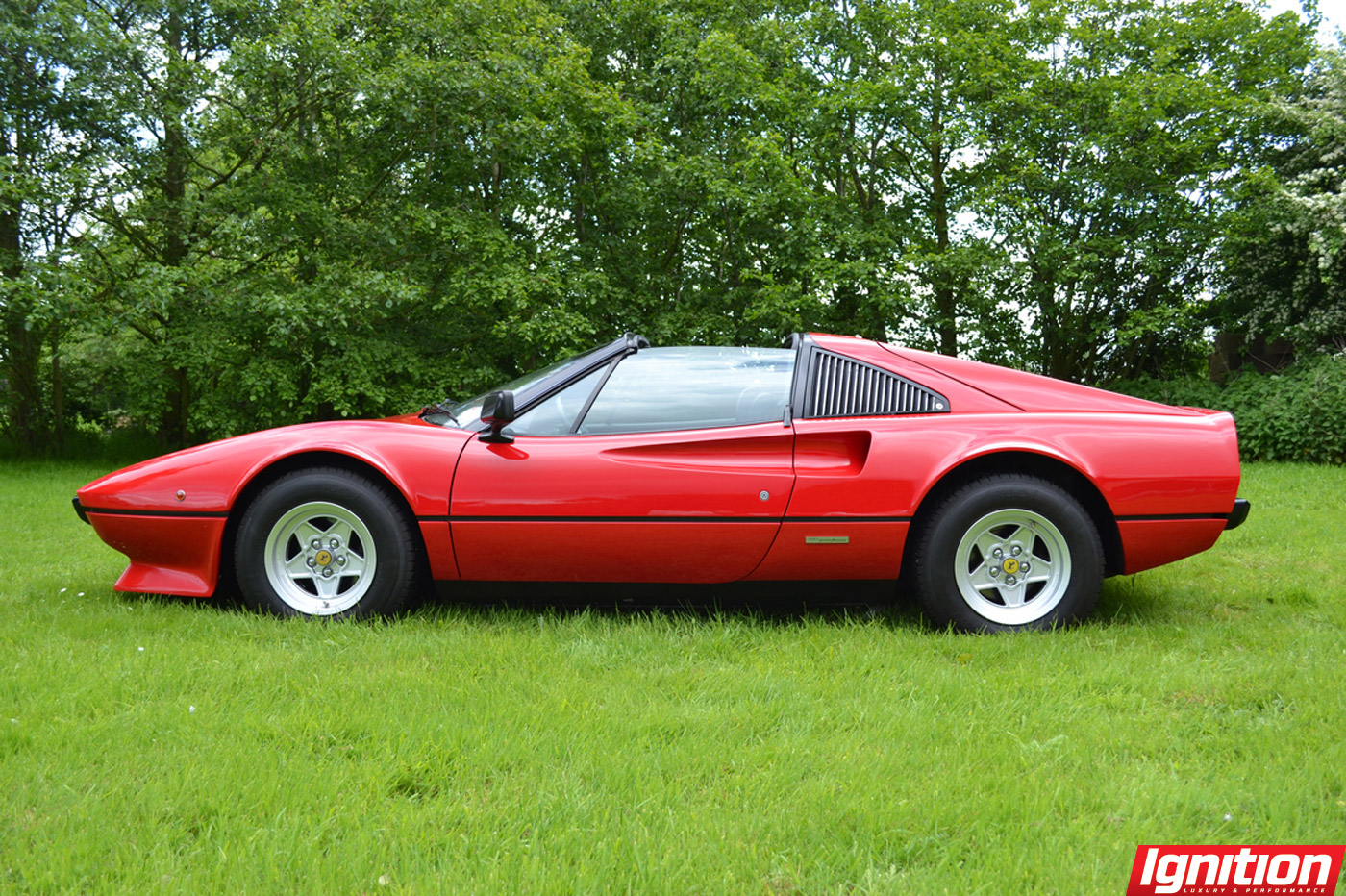
FERRARI 308 GTS
Engine: 2.9-litre
V8 Output: 252 hp / 263 lb-ft 0-100 km/h: 5.9 seconds
Top Speed: 254 km/h
The 1970s wasn’t a great automotive decade, with oil crises and rapidly tacked-on emissions and safety equipment, but both the Lamborghini Countach and Ferrari 308 GTB coupe (plus its GTS targa version) are rare classics from that era. The Countach rocketed up its restaurant curb appeal with its radical upward-swinging doors, while the 308 first earned its fame in 1979 by starring in top rated cop series Magnum, P.I.
1980s:
Porsche 959 (AWD turbo) vs. Ferrari F40

1988 PORSCHE 959 TURBO
Engine: 2.9-litre twin-turbocharged fl at six
Output: 444 hp / 369 lb-ft 0-100 km/h: 3.7 seconds
Top Speed: 314 km/h

FERRARI F40
Engine: 2.9-litre twin-turbocharged V8
Output: 478 hp / 424 lb-ft 0-100 km/h: 3.8 seconds
Top Speed: 323 km/h
The Porsche 959’s unique all-wheel-drive system improved launch performance and stability so much that it was mandated for all 911 Turbo models at the next generation changeover. The Ferrari F40 also introduced radically new levels of light-weighting and engine downsizing, though the Lexan (plastic) rear window and lack of carpets was probably a might too extreme.
1990s:
McLaren F1 vs. Vector W8

1995 MCLAREN F1
Engine: 6.1-litre BMW V12
Output: 627 hp / 480 lb-ft 0-100 km/h: 3.2 seconds (est.)
Top Speed: 386 km/h
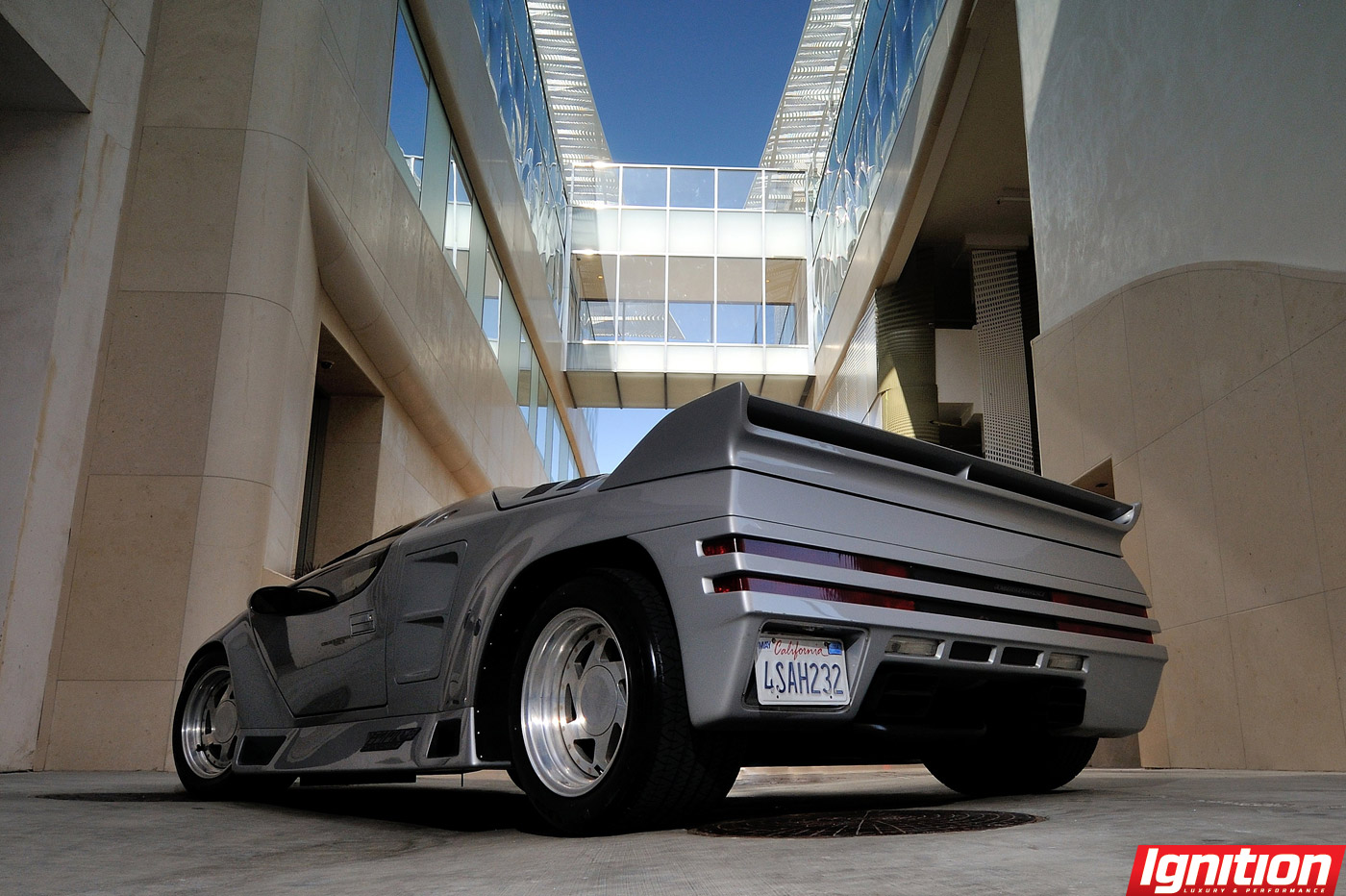
1990 VECTOR W8
Engine: 6.0-litre Chevrolet crate V8
Output: 650 hp / 649 lb-ft 0-100 km/h: 4.2 seconds
Top Speed: 370 km/h
Here are Britain’s and America’s visions of the ultimate supercar in the early 1990s, though unfortunately Vector only managed to ever produce 19 copies of its fighter-plane inspired W8. Gordon Murray’s ambitious F1 supercar not only o ffered an up-front and central driver’s seat and slick flip-up, folding doors, but also the fastest top speed of any production road car to that date. The F1 also arguably became the first hypercar, an emerging term for ultra-exclusive supercars that go above and beyond the price and performance of other supercars, and usually start above $500,000.
2000s:
Bugatti Veyron vs. Mercedes-Benz SLR McLaren

The ultimate of the ultimate cars, the Bugatti Veyron is untouched when it comes to price, power and top speed.
BUGATTI VEYRON
Engine: 8.0-litre W16
Output: 987 hp / 922 lb-ft 0-100 km/h: 2.5 seconds
Top Speed: 408 km/h
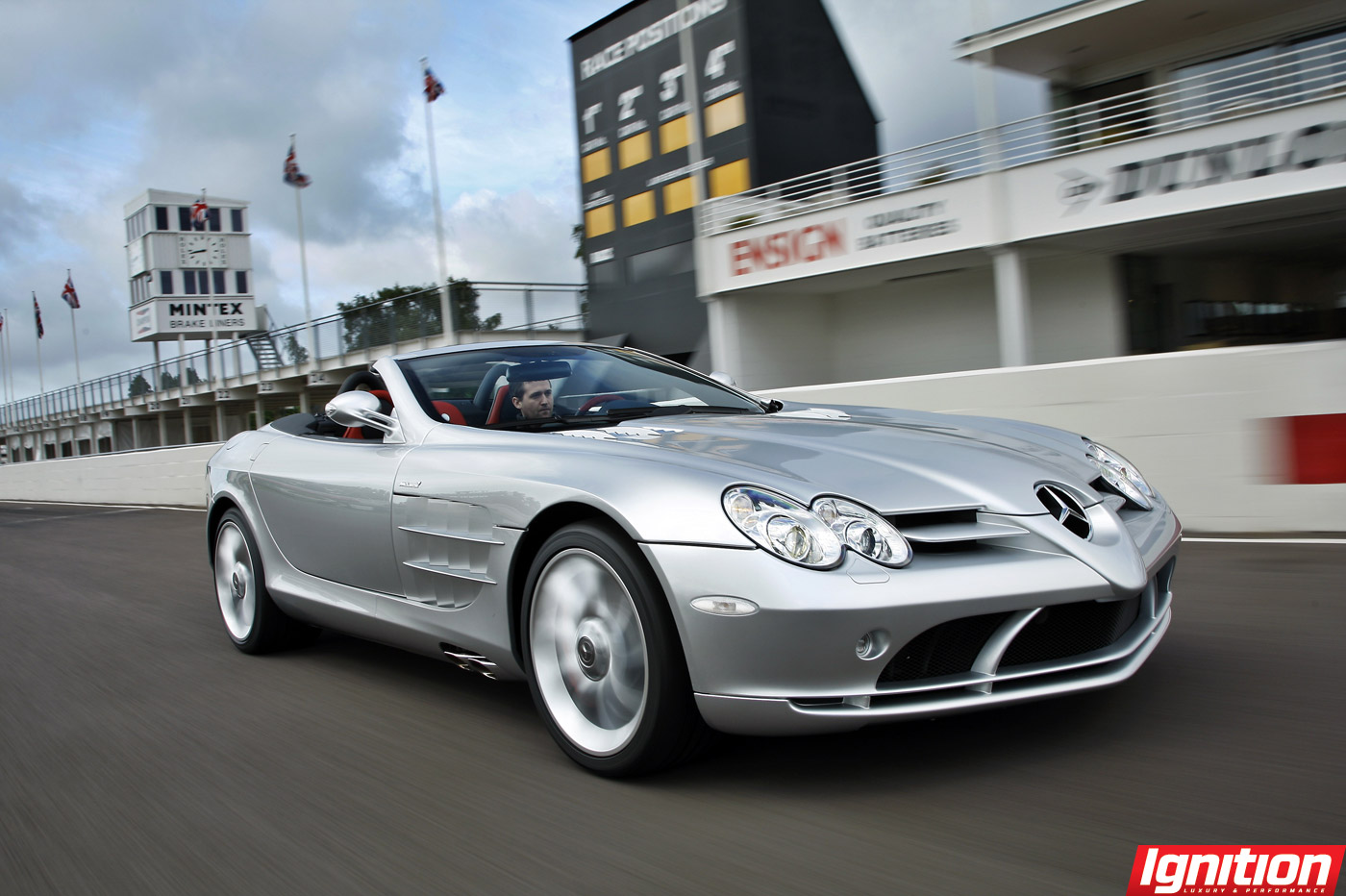
The Mercedes-Benz SLR McLaren was amongst the first supercars to link up a non-Ferrari Formula One team with a road car manufacturer.
2004 MERCEDES BENZ SLR MCLAREN
Engine: 5.4-litre supercharged
V8 Output: 626 hp / 575 lb-ft 0-100 km/h: 3.8 seconds
Top Speed: 334 km/h
There is no equal in supercar terms in terms of engineering ambition, price (started at one million Euros), top speed or power to the 16-cylinder, quad-turbo Bugatti Veyron - all numbers dwarfing anything that had come before. Debuting in 2005, the even more powerful 1,200-hp Supersport version holds the current Guinness World Record for fastest production car in the world, even if it’s starting to feel dated now. The Mercedes-SLR McLaren, which came in both coupe and Roadster forms, paved the way for auto manufacturer and Formula One team associations to create unique supercar mash-ups, a trend that continues to this day, and also helped convince McLaren to launch its own automotive division.
2010s:
Chevrolet Corvette Z06 vs. Porsche 918 Spyder

2015 CHEVROLET CORVETTE
Engine: 6.2-litre supercharged V8
Output: 650 hp / 650 lb-ft 0-100 km/h: 3.0 seconds
Top Speed: 330 km/h
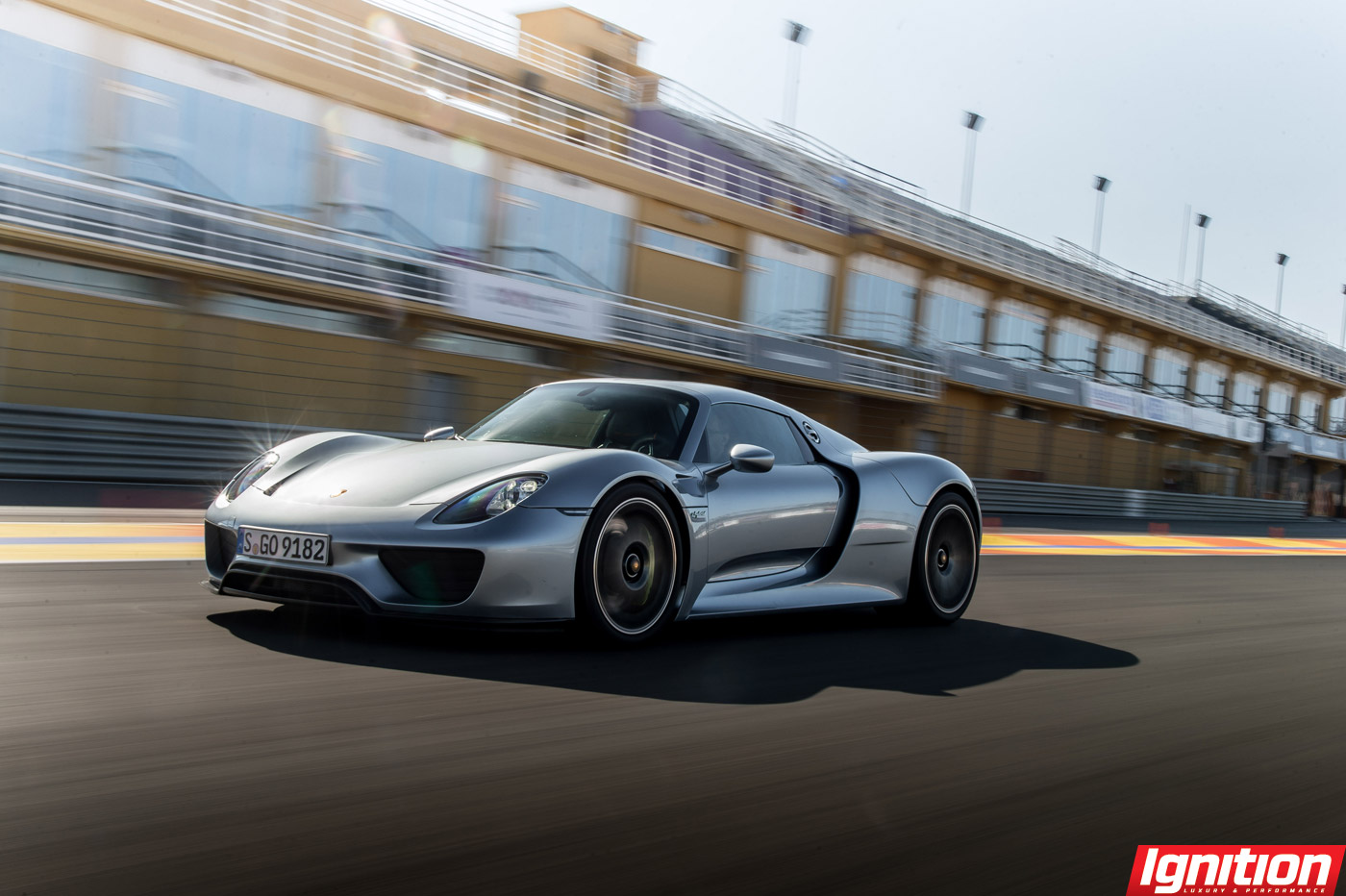
The Porsche 918 Spyder holds the production car record for fastest lap around the Nürburgring at six minutes, 57 seconds.
2013 PORSCHE 918 SPYDER
Engine: 4.6-litre V8 + 2 electric motors per axle
Output: 887 hp / 940 lb-ft (engine and motors) 0-100 km/h: 2.5 seconds
Top Speed: 340 km/h
New for 2015, the Corvette Z06 is one of the few supercars that start at under $100,000, and though it may look similar to a regular Corvette Stingray, those in the know will appreciate that this is one of the fastest supercars on the planet: at any price. The plug-in hybrid Porsche 918 is the reigning fast lap record holder around the Nürburgring for street-legal machines, a widely-used torture test of overall power, handling and braking performance, and a list conspicuous by the absence of noted 918 hypercar rivals such as the McLaren P1 and LaFerrari.

























